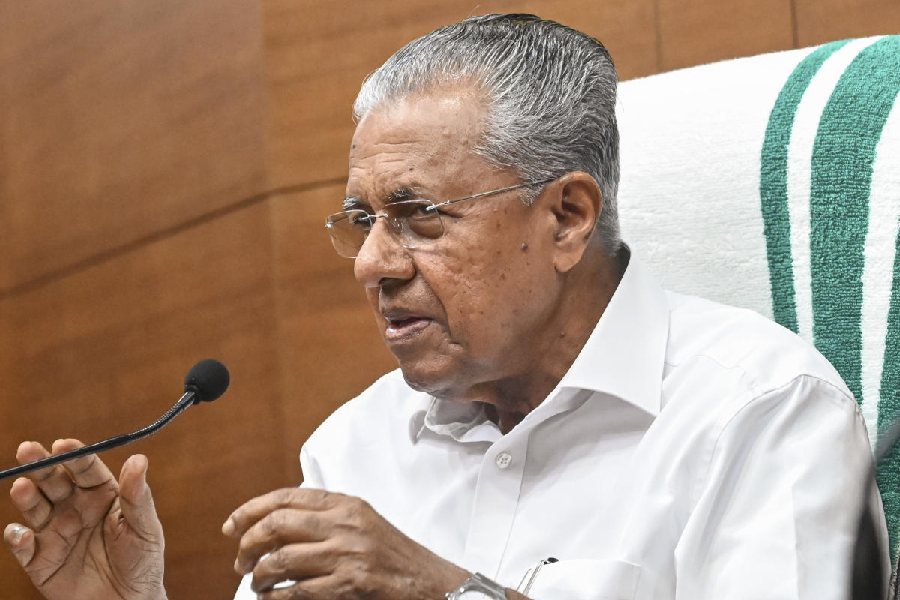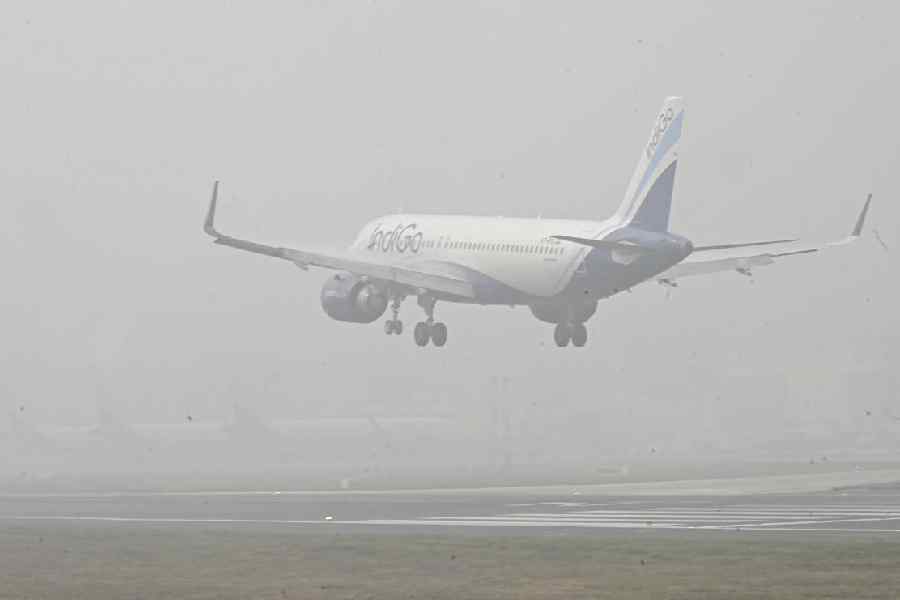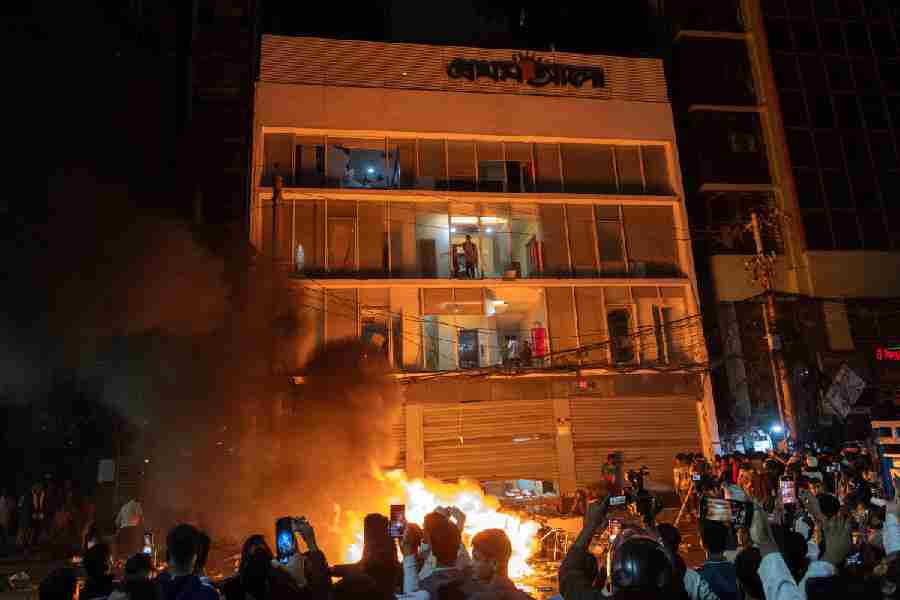Embraer sees a lot of opportunities in India in the commercial and business jets as well as military aircraft and eVTOL segments, its CEO Francisco Gomes Neto has said as the Brazilian seeks to strengthen its foot print in the fast growing Indian market.
Besides, the company is in talks with IndiGo and Air India to explore the possibility of selling its E-2 aircraft, which can have up to 146 seats.
To tap the opportunities, Embraer has set up a fully-owned Indian subsidiary with its corporate office in the national capital.
In an exclusive interview to PTI in the national capital, Neto said the company will put in place a procurement team to explore opportunities in the Indian supply chain and look at the possibility of procuring components and services from India.
The company is hiring people in India for government relations, communications, procurement and engineering, sales and marketing teams.
Currently, there are nearly 50 Embraer aircraft and 11 aircraft types operating in India across commercial and business aviation, and defence segments.
"India is the third largest market in aviation globally... we see a lot of opportunities for us in the future in this market for all the products we have, the different business units, commercial jets, business jets, military aircraft and eVTOLs.
"That's why we want to really to deepen our collaboration with the country and this step of opening a subsidiary in India," Neto said.
In the civilian aircraft space, Embraer planes are operated by regional carrier Star Air and entities are also using the company's business jets.
On whether Embraer will look to set up a MRO (Maintenance, Repair and Overhaul) facility for civilian planes in India, Neto said it will depend on the aircraft orders.
Raul Villaron, SVP Sales & Marketing and Head of Region for Asia Pacific at Embraer Commercial Aviation, told PTI that the company is in talks with IndiGo and Air India.
A majority of the unserved markets in India are either too thin for the narrow-body aircraft or too long for turboprops. "So the E2 is right in the sweet spot," he said.
E195-E2 jets can have up to 146 seats depending on the configuration.
Villaron said earlier it was difficult for the company to enter the Indian market due to products in the past as the value proposition of E1 jets was more on trip cost versus seat cost.
"Now we have the E2, which has a very competitive seat cost, which allows us to be more competitive in the Indian market," he said.
Embraer has a significant presence in the Indian defence space.
Last year, Embraer Defense & Security and Mahindra Defence Systems inked a Memorandum of Understanding (MoU) to evaluate the opportunity to jointly pursue the Indian Air Force's Medium Transport Aircraft (MTA) programme with the C-390 Millennium.
The Embraer aircraft operated by Indian forces include the Legacy 600 aircraft used for the transportation of government officials and VIPs by the Indian Air Force (IAF) and Border Security Force (BSF), and also the Netra AEW&C aircraft based on the Embraer ERJ145 platform operated by the IAF.
With respect to business jet segment, Neto said there will be much more opportunities with a few changes in the regulations.
Globally, there is an increasing interest in eVTOL (electric Vertical Take Off and Landing) aircraft, which are also seen as a key solution for urban mobility.
Neto is in the national capital to attend the annual general meeting of the International Air Transport Association (IATA).
India and Brazil have a huge potential to grow the bilateral trade which is not that big now. "We see a lot of opportunities", not only because of the long term relationship between the two countries, but also because both are part of the BRICS, Neto said.
"We expect that the global south will increase the collaboration... increase the trade between the countries," he added.
The biggest market for Embraer, which achieved record revenues in 2024, is the United States.
When asked about how much of a concern is the tariff uncertainties, he said tariffs are bringing a lot of complexity and costs for industry and the company is learning how to deal with it at this moment.
"But we don't expect any change in the guidance we give to the market in terms of revenues, profit, and cash generation for 2025," he noted.
Except for the headline, this story has not been edited by The Telegraph Online staff and has been published from a syndicated feed.










